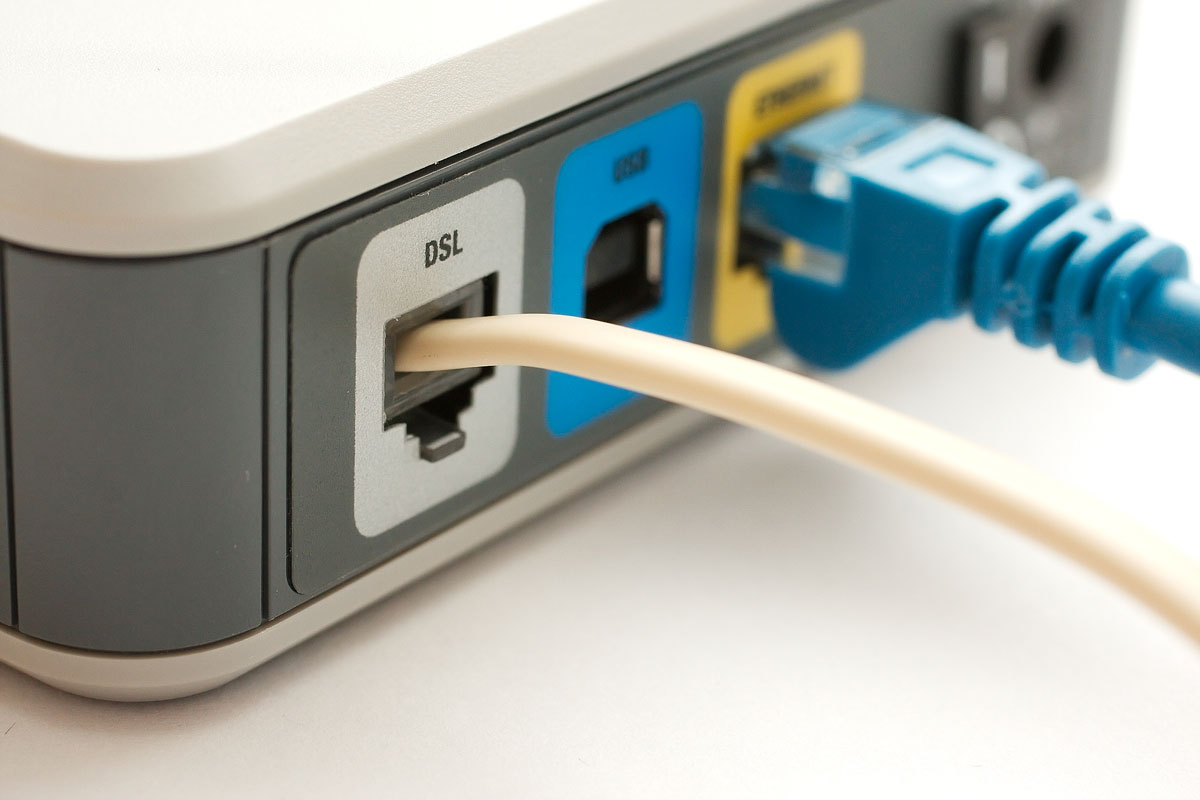Is DSL internet obsolete?
Not quite. Although cable and fiber dominate urban areas, DSL remains vital in places where laying new lines isn’t economically feasible. Providers like Frontier and AT&T still maintain DSL footprints.
HBO is not looking forward to the childbirth jokes. John Stankey,CEO of Warner Media,said they’ll be working harder in the coming year.
30 October, 2024 | Posted by:
Category: Business Internet, Entertainment, News, Streaming, This & That, TV | No Comments

In the rapidly evolving landscape of streaming media, HBO, under the guidance of Warner Media CEO John Stankey, is gearing up for a transformative phase. Stankey’s analogy of this evolution to childbirth underscores the significant effort required, coupled with the promise of rewarding outcomes. Historically, HBO has carved out a niche for itself with groundbreaking series like The Sopranos and Game of Thrones. To maintain its prestigious position and effectively compete with industry behemoths like Netflix and Amazon, HBO must innovate and diversify its content offerings.
HBO's hallmark has always been its dedication to quality. The network's robust brand recognition is built on its legacy of producing high-caliber, critically acclaimed shows. This focus on quality sets HBO apart in an industry increasingly dominated by volume-driven strategies. Competitors such as Netflix and Amazon churn out a plethora of content, banking on quantity to achieve hits. However, HBO’s strength lies in its consistent ability to deliver award-winning series, fostering a brand synonymous with excellence.
To navigate this competitive terrain, HBO must embrace several strategic initiatives:
HBO should venture into new genres to attract a broader audience. This expansion is crucial to meeting the varied tastes of today’s viewers.
Building on its success with book adaptations, HBO should continue exploring literary works, tapping into pre-existing fanbases and stories that resonate deeply with audiences.
Instead of competing purely on volume, HBO should emphasize its unique brand identity. Producing distinctive, high-quality content will reinforce its standing as a leader in premium television.
The future holds immense potential for HBO as it scales up content production. This growth will involve not just increasing the number of shows but also pushing creative boundaries to distinguish itself in a crowded market. Engaging a broader audience through diverse programming and innovative storytelling will be key to HBO's sustained success.
HBO stands at a pivotal juncture, facing both significant challenges and opportunities. By ramping up content production and diversifying its offerings, HBO can continue to lead in premium television, effectively competing with the streaming giants of today.
Learn how DSL internet works, its advantages and drawbacks, and why it might be the right fit for your home. Compare DSL providers like Frontier or AT&T, plus discover faster alternatives with KonectEaze.
27 January, 2025 | Posted by:
Category: Apps, Business Internet, Cable, Gaming, Deals & Packages, News, Reviews, Internet, Service Providers, Streaming, Technology, This & That, Tips, TV | No Comments

DSL (Digital Subscriber Line) internet might not be the fastest service around, but it remains a practical option for millions of Americans, especially in rural or suburban markets where cable or fiber isn’t widely available. This guide breaks down how DSL works, what speeds to expect, and how it stacks up against other broadband types. We’ll also highlight Frontier and AT&T DSL for those seeking **reliable** and **budget-friendly** internet.
DSL uses telephone lines (copper-based) to transmit internet data without interfering with phone calls. The signal travels from a local exchange to a DSL modem in your home, enabling broadband speeds typically faster than dial-up but often slower than cable or fiber.
| DSL Tier | Download Speeds | Upload Speeds |
|---|---|---|
| Basic DSL | Up to 5–10 Mbps | 1 Mbps or lower |
| Enhanced DSL | 20–50 Mbps | Up to 5 Mbps |
| VDSL (Advanced) | 50–100+ Mbps | Up to 10–20 Mbps |
**Note**: Actual speeds vary by location and the provider’s infrastructure. Rural DSL lines can be slower if you’re far from a node. However, if you only need moderate browsing, streaming in HD, or light remote work, DSL can suffice—especially if cable/fiber is unavailable.
Two major names still offering DSL in certain areas are Frontier and AT&T.
If DSL doesn’t meet your speed needs, consider bundling or upgrading to CenturyLink’s or Spectrum’s cable/fiber if available in your area.
For users requiring higher speeds or multiple 4K streams, alternative broadband types might fit better:
Unsure what’s in your ZIP code? Check with KonectEaze for real-time availability and plan comparisons.
Not quite. Although cable and fiber dominate urban areas, DSL remains vital in places where laying new lines isn’t economically feasible. Providers like Frontier and AT&T still maintain DSL footprints.
DSL typically provides a dedicated line from your phone jack to the network. Unlike cable, speeds don’t usually drop due to neighborhood traffic—but can decline with line distance or aging infrastructure.
Consider upgrading to cable or fiber if offered in your area. Spectrum or Cox could deliver higher speeds for streaming or gaming.
DSL might not break speed records, but it remains an accessible, cost-effective option—particularly for rural or suburban users who only need moderate performance. Whether you choose DSL from Frontier or AT&T or decide to explore cable/fiber alternatives, knowing your usage patterns is key to making an informed choice.
Ready to see what’s available? Search your ZIP code with KonectEaze for real-time data on DSL, cable, fiber, and fixed wireless providers in your location.